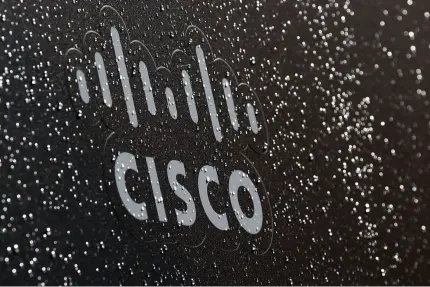September 29, 2025
US cyber officials issued an emergency directive after hackers breached a government agency, raising alarms over national security and digital defenses.

The United States has issued an “emergency directive” after a major cyber breach targeted a federal government agency, exposing vulnerabilities in the nation’s digital infrastructure. According to The Independent, cybersecurity officials rushed to contain the incident, which is being described as one of the most serious cyber intrusions into government systems in recent months.
The directive was issued by the Cybersecurity and Infrastructure Security Agency (CISA), the federal body responsible for protecting government networks and critical infrastructure. While officials have not disclosed the specific agency affected, sources confirmed that sensitive systems were compromised, raising concerns about potential data theft and national security risks.
CISA’s directive ordered all federal agencies to take immediate precautionary measures, including patching software vulnerabilities, reviewing network logs, and isolating compromised systems. The agency emphasized that swift action was essential to prevent further infiltration and limit the damage caused by the hackers.
Officials have not publicly identified the group behind the attack, but cybersecurity analysts suggest that the scale and sophistication point to either a state-sponsored operation or an advanced criminal hacking group. Similar incidents in recent years—such as the SolarWinds attack—demonstrated how hackers can exploit software supply chains and gain access to government networks for espionage or disruption.
The breach has reignited debate in Washington about the adequacy of America’s cyber defenses. Lawmakers from both parties expressed concern that persistent vulnerabilities in government systems are leaving the country exposed to hostile actors. Senator Mark Warner, chair of the Senate Intelligence Committee, said the incident was a “stark reminder” that adversaries continue to exploit weaknesses in US cyber infrastructure.
Beyond government systems, the attack has raised fears of cascading effects on critical infrastructure and private sector partners. Experts warn that hackers often use government intrusions as a launchpad to target defense contractors, utilities, and financial institutions. The emergency directive is intended to create a “digital firewall” that blocks further escalation.
The White House National Security Council confirmed it is monitoring the situation closely and working with affected agencies. Officials stressed that there is no evidence yet of public-facing disruptions, but acknowledged the investigation is ongoing. The FBI and Department of Homeland Security are also involved in assessing the scale of the breach.
This latest attack underscores the growing challenge posed by cyber warfare in the 21st century. As US agencies modernize their IT systems and rely more heavily on cloud-based services, the threat landscape has expanded dramatically. Hackers now use advanced tools such as artificial intelligence, phishing campaigns, and zero-day exploits to bypass even sophisticated defenses.
Experts argue that the US must move toward more proactive cyber defense strategies. Recommendations include continuous monitoring, mandatory security audits for federal agencies, and stronger collaboration between the government and private cybersecurity firms. Calls for increased funding to modernize outdated federal IT systems have also intensified following the breach.
For now, the emergency directive remains in effect as investigators scramble to identify the attackers, assess the damage, and restore confidence in the integrity of federal systems. While officials are reluctant to release details that could compromise the investigation, it is clear that the incident represents a major test for America’s cyber defense capabilities.
As one cybersecurity analyst put it: “This breach isn’t just about one agency—it’s about the broader question of whether the United States can keep up with the pace and sophistication of global cyber threats.”